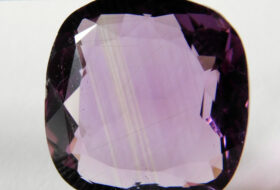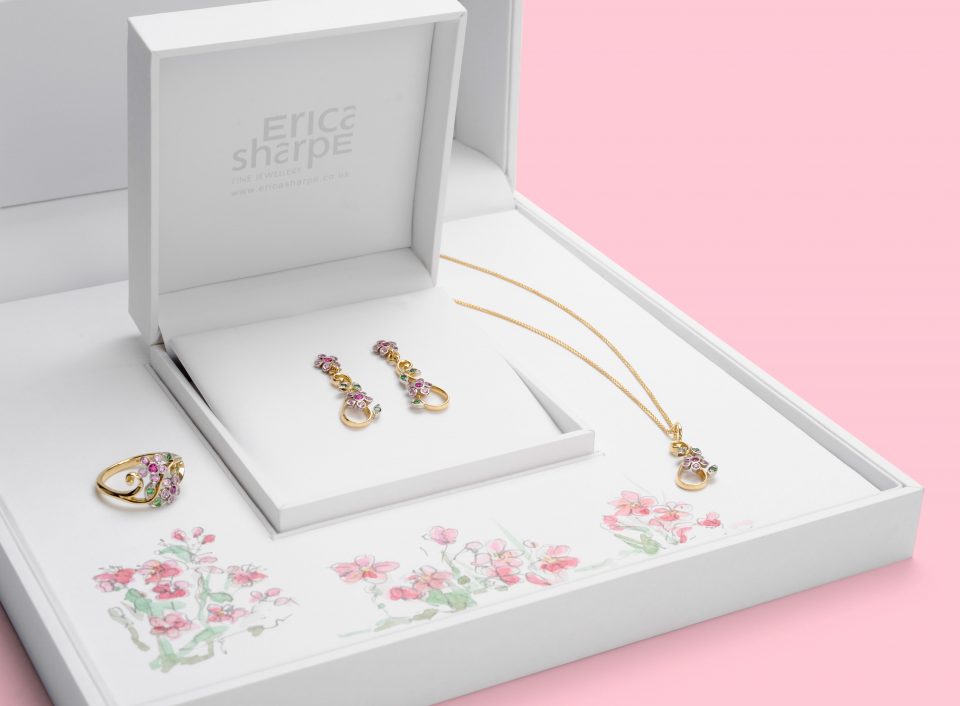Throughout history, gems have been coveted and fashioned to maximise their natural beauty and attractiveness. Every type of gemstone has different physical properties, and this leads to their individual qualities. Some gems rely almost entirely on a wondrous colour. Green jade, for example, bright-blue lapis lazuli and sky-blue turquoise are opaque gems that are simply smoothed into rounded, polished forms to maximise their rich colours.
Other gems have both colour and transparency, and these are usually facetted. This form of cutting allows reflection of the light as well as displaying the body colour, so sparkle and brightness is added to the effect.
Diamond is probably the first gem that first springs to mind when thinking of jewellery. It is a remarkable stone, diamond is the hardest natural substance known to mankind. When cut and polished correctly, it reveals it’s unique optical properties – reflection, dispersion and refraction.
Opals have got to be the aurora borealis of the gemstone world. They are fascinating gems – their amazing colours are generated by their microscopic structure and arrangement of silica spheres. I love the fact that each one is completely unique.
The world of lasers and technology has opened up a wealth of new and exciting cutting techniques for gemstones. For example, a variation of the traditional facetted gem is the ‘optix’ cut, where the facets are concave, adding the extra effect of moving light at each angle when the stone is moved.
As a designer and maker, It is impossible to become bored with so much colour, light-effects and sparkle available on offer from the natural stones I work with. They can be added to existing stones for statement pieces, become the focal point just as they are and be a daily boost for those that wear them.








